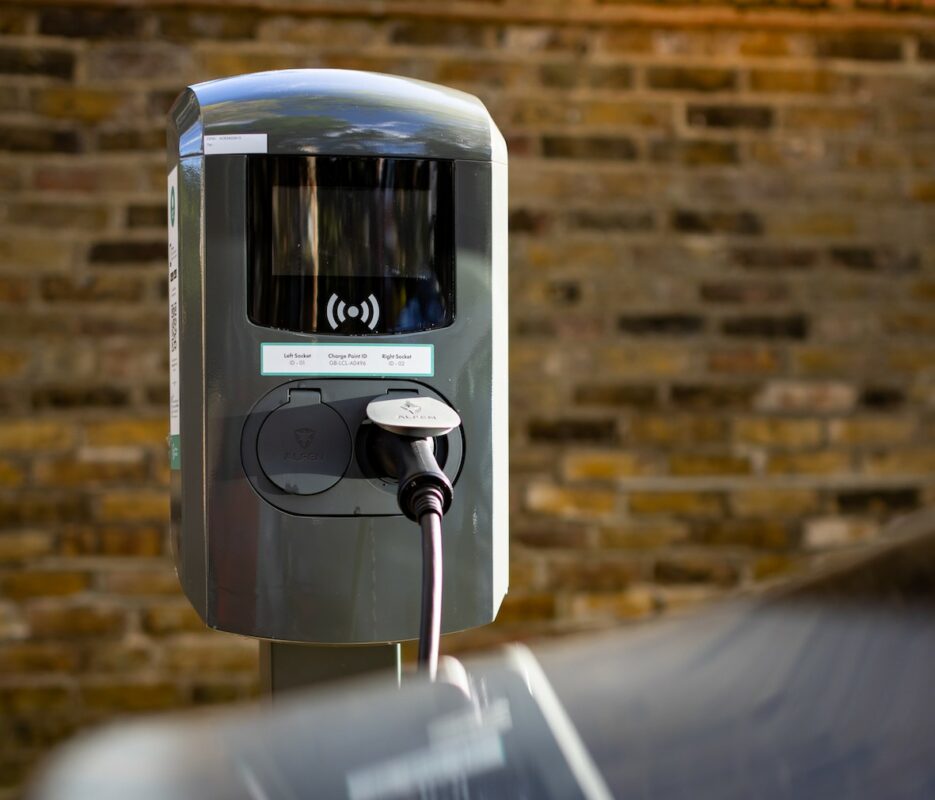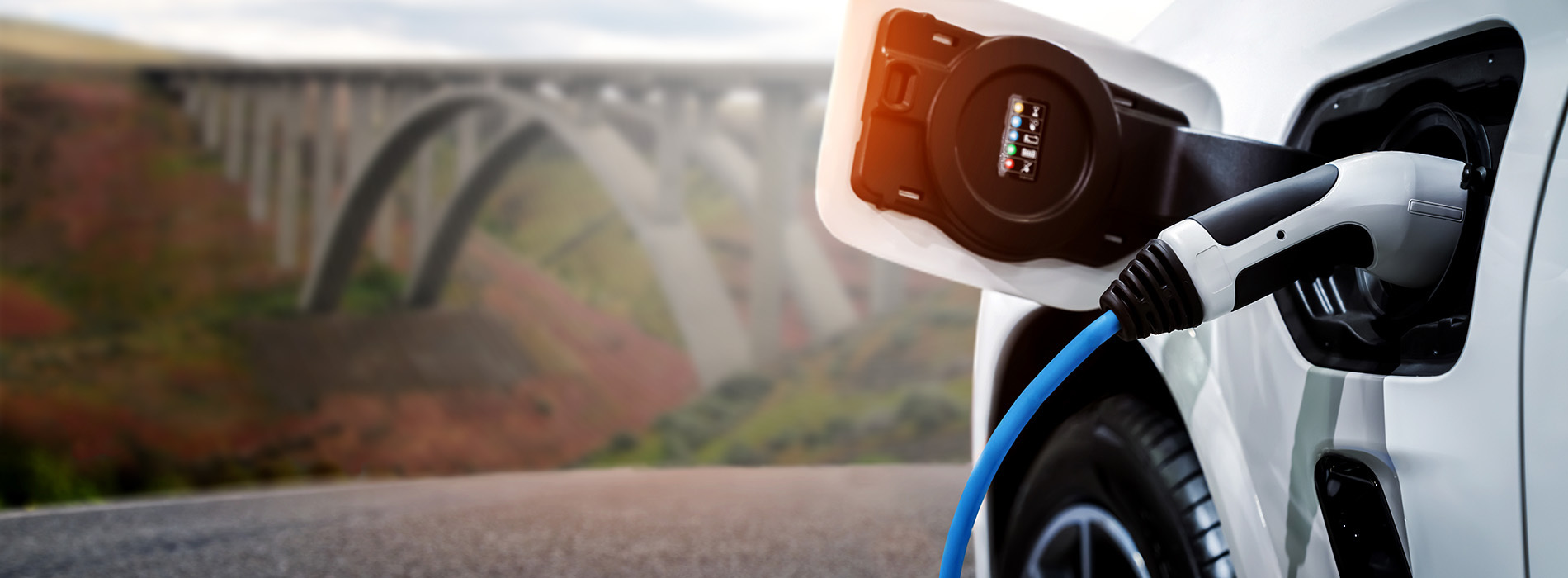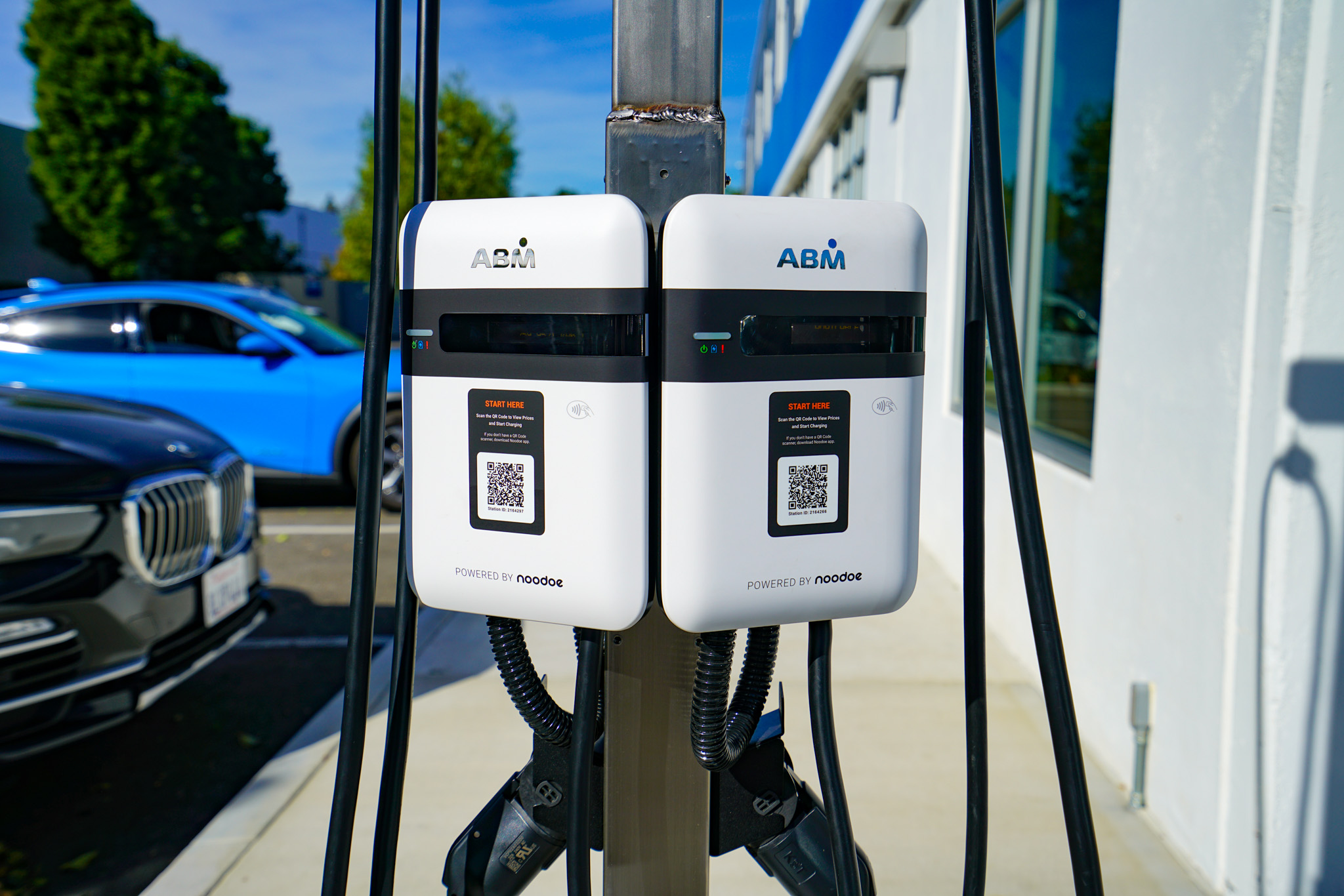The Future of Electric Vehicles and Why You Should Buy EV Charging news Now
The Future of Electric Vehicles and Why You Should Buy EV Charging news Now
Blog Article
Top EV Charging Information: Trick Updates on Infrastructure and Innovation

Recent Developments in Fast-Charging Technology

Furthermore, advancements in battery technology, consisting of boosted thermal monitoring systems and higher energy density batteries, enhance fast-charging abilities. These growths alleviate the threat of battery destruction during rapid charging, ensuring long life and efficiency for EV proprietors.
In addition, the assimilation of smart billing options is improving customer experience, allowing real-time surveillance and dynamic pricing designs. EV Charging news. This adaptability permits chauffeurs to optimize charging expenses and times based on grid demand
As car manufacturers continue to purchase fast-charging networks, the cooperation in between market stakeholders is important. Partnerships between billing terminal service providers and automotive suppliers are paving the way for considerable insurance coverage, ultimately promoting a much more durable EV community. These developments are pivotal in supporting the change to lasting transportation.
Government Initiatives for Billing Growth
Federal government campaigns play a vital role in the growth of electric automobile (EV) charging infrastructure, promoting the transition to lasting transport. Various federal and state programs are being implemented to enhance billing access, lower the financial burden on consumers, and promote the fostering of electrical vehicles.
Notably, the U.S. government has allocated substantial funding via the Facilities Investment and Jobs Act, which sets aside $7.5 billion for EV billing network development throughout the country. This financing is focused on releasing thousands of brand-new billing terminals, specifically in underserved locations, thereby addressing range anxiousness among possible EV purchasers.
Additionally, various states are establishing regulation to enhance the permitting procedure for charging station setups, which is crucial for accelerating implementation. Motivations such as tax obligation credit ratings and rebates for both consumers and services are additionally being presented to encourage the installation of charging infrastructure.
Moreover, public-private collaborations are progressively coming to be an emphasis, leveraging exclusive financial investment to match federal government financing. These campaigns emphasize a collective method essential for developing a comprehensive and reliable EV charging network, inevitably adding to a greener and even more lasting future.
Innovative Battery Solutions Enhancing Performance
Transforming the landscape of electric car (EV) modern technology, ingenious battery services are significantly improving effectiveness and performance. Breakthroughs in battery chemistry, specifically with lithium-sulfur and solid-state batteries, are resulting in increased power density, which enables longer varieties and faster charging times. These brand-new battery types have the prospective to outshine standard lithium-ion batteries by offering higher capabilities while reducing weight, thereby boosting total vehicle efficiency.
Additionally, growths in battery monitoring systems (BMS) are maximizing power usage and prolonging battery lifespan. Smart algorithms keep track of battery health and wellness and efficiency, enabling real-time adjustments to charging and releasing procedures. This not only enhances the efficiency of the battery but likewise makes sure a much more trustworthy and sustainable energy source for EVs.
Furthermore, the assimilation of recycling modern technologies is attending to the ecological impact of battery production and disposal. Technologies in second-life applications for EV batteries are promoting their use in energy storage systems, adding to a round economic situation.
As these innovative battery solutions remain to evolve, they assure to transform the EV market, making electrical automobiles a lot more enticing and easily accessible to a more comprehensive target market while sustaining global sustainability goals.

Partnership Between Automakers and Billing Networks
Recognizing the important demand for a robust billing infrastructure, automakers are significantly teaming up with charging network companies to improve the EV possession experience (EV Charging news). These partnerships aim to create a seamless billing ecological community that benefits customers and sustains the change to electrical vehicles
Significant automotive brands are joining pressures with established charging networks to expand their billing station insurance coverage, making certain chauffeurs have accessibility to hassle-free and reputable billing options. Collaborations with networks like ChargePoint and Electrify America enable car manufacturers to integrate billing services straight right into you could try here their vehicles' navigating useful reference systems, assisting individuals to the local terminals and offering real-time schedule updates.
Additionally, these cooperations usually cause the growth of fast-charging modern technologies that significantly reduce the moment needed to charge an EV. By pooling sources and experience, automakers and charging networks can introduce much faster, producing options that satisfy the expanding need for electric mobility.
Additionally, joint efforts may additionally bring about more standardized billing procedures, which can relieve customer confusion and advertise wider EV adoption. In general, these tactical alliances are critical in building a user-friendly and effective charging framework that fulfills the needs of an increasing electric car market.
Challenges Dealing With EV Charging Facilities
As the electrical vehicle market continues to expand, a number of obstacles are surfacing that prevent the development of a comprehensive billing facilities. Among the primary challenges is the not enough number of charging terminals, specifically in underserved and country urban areas. This gap creates variety stress and anxiety amongst prospective EV purchasers, discouraging them from making the switch.
Additionally, the lack of standardization accountable innovation makes complex the infrastructure landscape. Variants in plug types and charging speeds can produce complication for users and boost functional complexities for charging network drivers. The integration of charging terminals right into existing electrical grids postures substantial difficulties. Lots of areas face capability limitations, needing significant financial investments in grid upgrades to accommodate enhanced demand.
An additional pushing problem is the high expense associated with the installation and maintenance of billing stations, which can be a barrier for both public entities and private organizations. Regulative hurdles and zoning restrictions can delay the deployment of billing framework, hampering progress in expanding necessary services. Addressing these obstacles will be important for promoting a durable EV ecological community that supports the shift to sustainable transport.
Conclusion
To conclude, the recurring improvements in EV billing innovation, sustained by considerable government initiatives and cutting-edge battery options, are critical for the expansion and efficiency of electric car infrastructure. Cooperations in between automakers and billing providers better improve station protection, addressing the growing demand for accessible billing choices. Regardless of difficulties that linger within the EV charging landscape, these developments symbolize a favorable trajectory towards an extra efficient and sustainable electric lorry ecosystem.
Innovations in charging framework have led to the development of ultra-fast chargers qualified of providing up to 350 kW of power, dramatically reducing billing times. Variations in plug kinds and charging rates can create complication for users and raise functional intricacies for charging network drivers.In final thought, the continuous innovations in EV billing technology, supported by significant government initiatives and ingenious battery remedies, are essential for the expansion and effectiveness of electric car infrastructure. Collaborations in between car manufacturers and billing companies further improve terminal protection, attending to the growing demand for easily accessible charging options. Despite challenges that linger within the EV charging landscape, these advancements indicate look at here now a favorable trajectory towards a much more effective and sustainable electric vehicle ecosystem.
Report this page